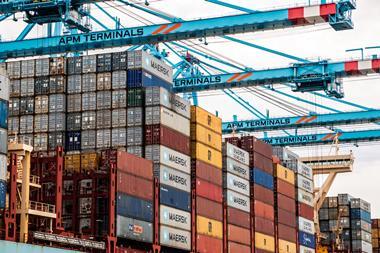Leading UK defined contribution (DC) providers should pay more attention to addressing sustainability for their fixed income assets, with action on this lagging in comparison with schemes’ growth phase, Barnett Waddingham has said.
Since the consultancy’s initial sustainability-related analysis of DC-governed investment strategies in 2021, there has been a 23% increase in schemes’ investment in assets with climate targets during the growth phase.
Most providers are yet to take action on their fixed income investments and although this has been for good reason, it is now possible to build “credible [fixed income] portfolios allowing for sustainability,” said Barnett Waddingham.
“And thinking about real world outcomes, bonds serve as a significant but often overlooked source of fossil fuel financing – corporate bonds alone contribute up to 50% of fossil fuel financing,” the consultancy wrote in a report.
“By neglecting to address bond investments, could DC pension schemes be leaving themselves vulnerable to potential legal risks further down the line?”
Barnett Waddingham’s analysis looked at 22 default DC strategies at leading UK workplace providers. It said 15 strategies had plans to reach net zero by 2050, three had no target, and four had a 2040 target. All but one of the providers with a formal net zero target now incorporate interim emissions targets, in most cases pinned to 2030.
Of the three providers that have not set a net zero target, the consultancy said one is considering it and another is not due to set one because it considers a long-term target could be influenced by external factors beyond its control and says it is prioritising immediate action and it anticipates achieving investment net zero before 2050.
All governed DC default solutions in the sample posted a positive return over 2023 – across all age cohorts — buoyed by rising equity markets and reducing bond yields.
Barnett Waddingham said the average growth portfolio performance across all schemes was 12.8% (-9.5% in 2022), although there was a significant gap between the best and worst performers, led primarily by strategic asset allocation.
The gap was almost 10% in the growth phase and around 8% at-retirement.
The latest digital edition of IPE’s magazine is now available























No comments yet